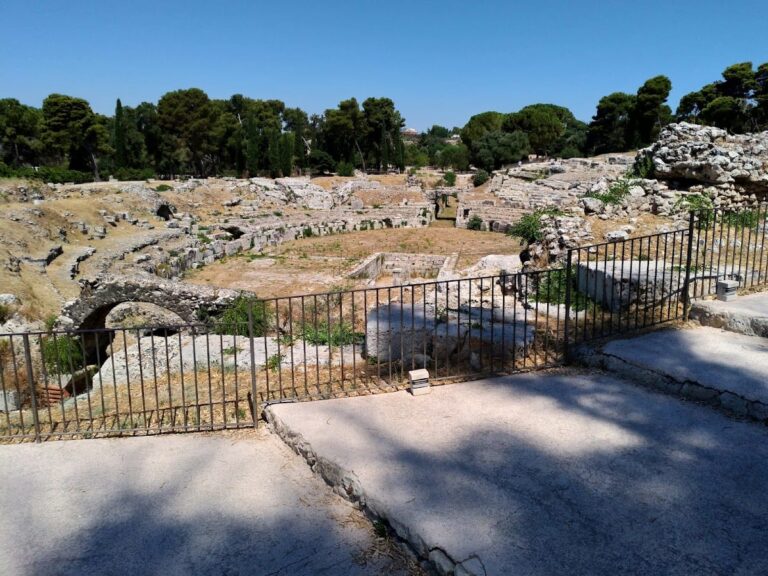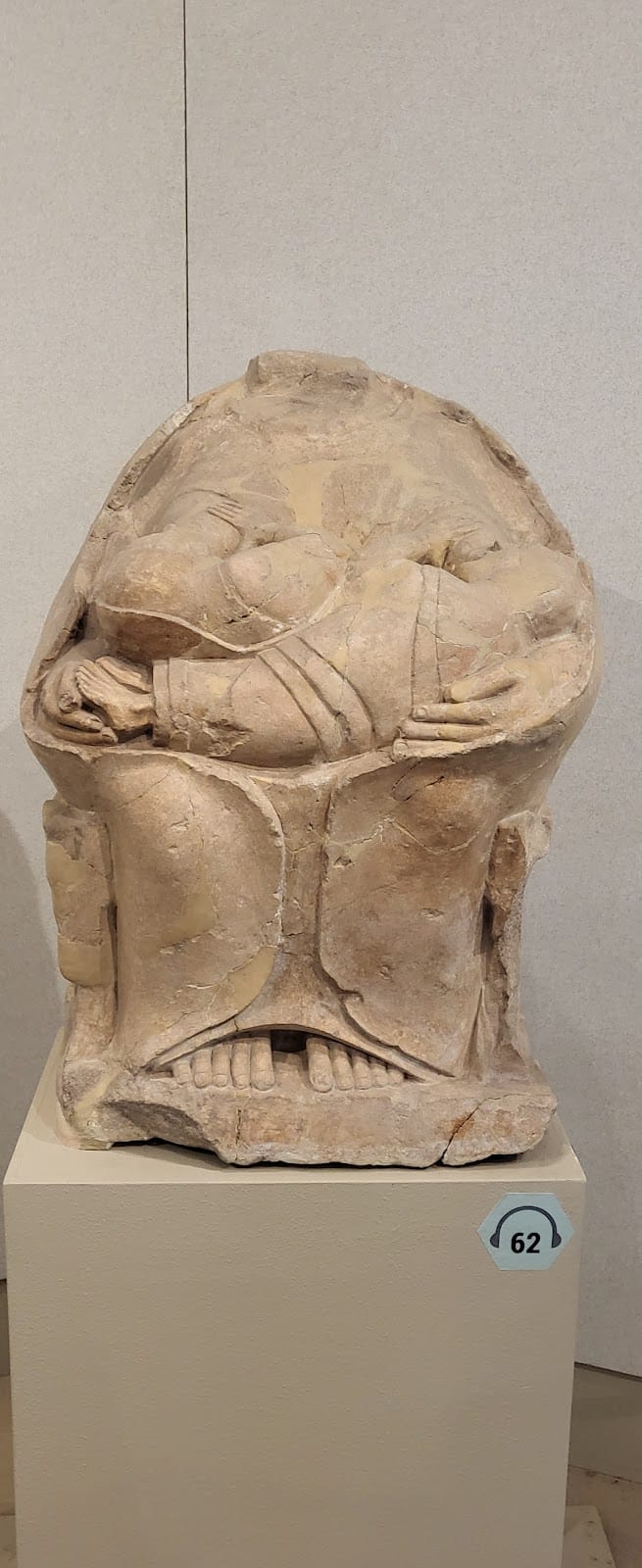Brucoli Castle: A 15th-Century Aragonese Fortress in Augusta, Italy
Visitor Information
Google Rating: 4.1
Popularity: Low
Google Maps: View on Google Maps
Country: Italy
Civilization: Medieval European
Remains: Military
History
Brucoli Castle stands in the district of Brucoli within the municipality of Augusta, Italy, and was constructed by the Aragonese in the 15th century. Its foundation dates back to 1467, when Queen Giovanna Enríquez commissioned the fortress after receiving the territory as a gift from her husband, King John II of Aragon. The castle originally bore the name Castle of La Bruca, linking its identity to the locality.
The primary purpose behind erecting the castle was defensive, responding to the growing threat posed by Turkish forces expanding along Mediterranean shores. Over the following century, the fortress also took on the role of protecting the area from Barbary pirate incursions originating in North Africa. These pirate raids were closely tied to local religious traditions, specifically the veneration of Saint Nicholas of Bari, who was regarded as the patron saint offering protection against such maritime dangers.
Administratively, a concession for the castle’s construction and upkeep was granted to Giovanni Cabastida, a chamberlain hailing from Barcelona. This arrangement secured the family’s stewardship for three generations, reflecting a longstanding link between the Aragonese crown and trusted officials overseeing strategic sites. The castle’s location at the entrance to the port canal was no accident; it was positioned to defend access to vital maritime trade routes and safeguard the grain supplies arriving there, ensuring the security of both the local village’s economy and food resources.
In the early 20th century, the significance of the castle’s strategic place was reaffirmed with the erection of the Brucoli Lighthouse on the narrow strip of land between the fortress and the sea. This addition emphasized the ongoing importance of controlling and guiding maritime traffic in the area, continuing a long history of the site’s role in coastal defense and navigation.
Remains
Brucoli Castle is a fortified complex situated directly at the mouth of the port canal, with a commanding position adjacent to the sea. Constructed using traditional masonry techniques typical of Aragonese military architecture, its stone walls demonstrate robust defensive qualities. The castle’s layout includes an outer defensive wall designed to shield the interior from attack, enclosing an internal courtyard that would have served as a central open space for operations and movement within the fortress.
One of the notable structural elements is an angular tower rising above the main body of the castle. This tower features battlements—parapets with openings for defenders to observe and repel attackers—and a walkway known as a cammino di ronda, which allowed patrols to move continuously along the castle walls. The presence of a portal adorned with decorative corbels provides evidence of both the functional and aesthetic considerations in the castle’s design, marking its entrance with stone supports that may have held wooden beams or ornamental elements.
Inscriptions carved near the main entrance remain visible today, commemorating the castle’s foundation and linking it explicitly to its historical origins. These dedicatory epigraphs serve as tangible records of the fortress’s establishment and the individuals responsible for its creation.
The physical state of the castle is well preserved enough to allow detailed photographic study of its structural components, including walls, towers, and interior chambers. Adjacent to the castle lies the Brucoli Lighthouse, constructed in 1911 on the narrow spit of land between the fortress and the seashore. This proximity highlights the layered use of the site as both a military stronghold and a center for maritime navigation control over several centuries.







